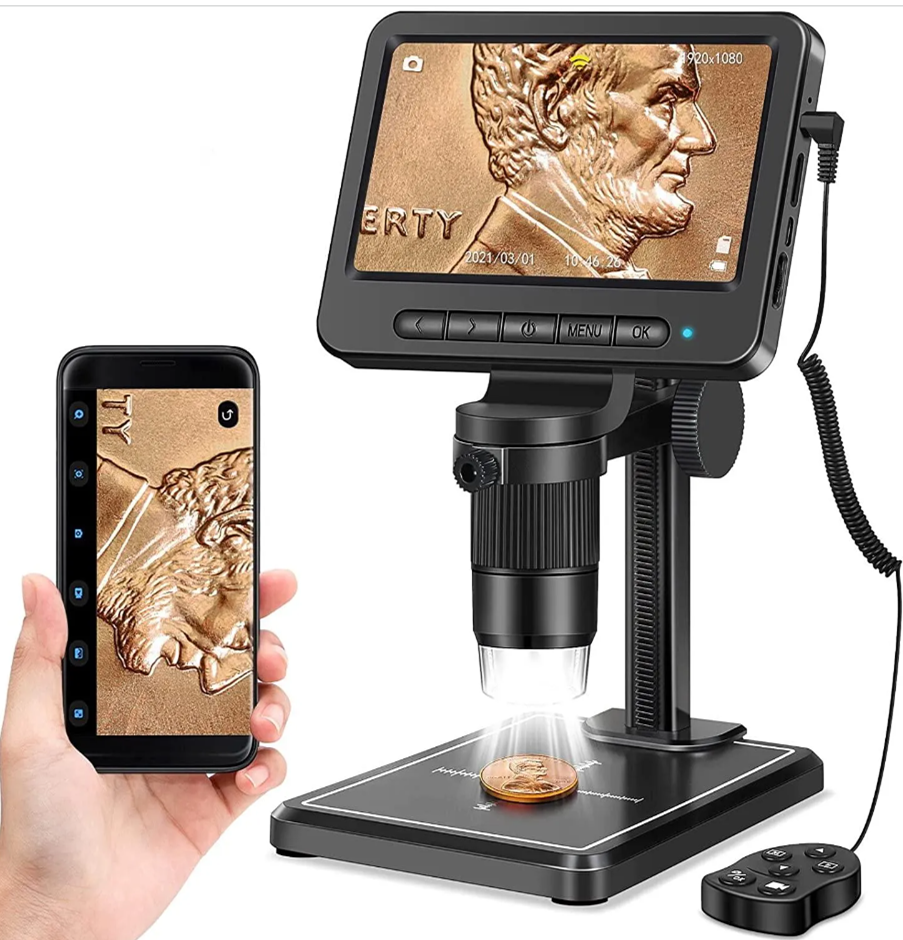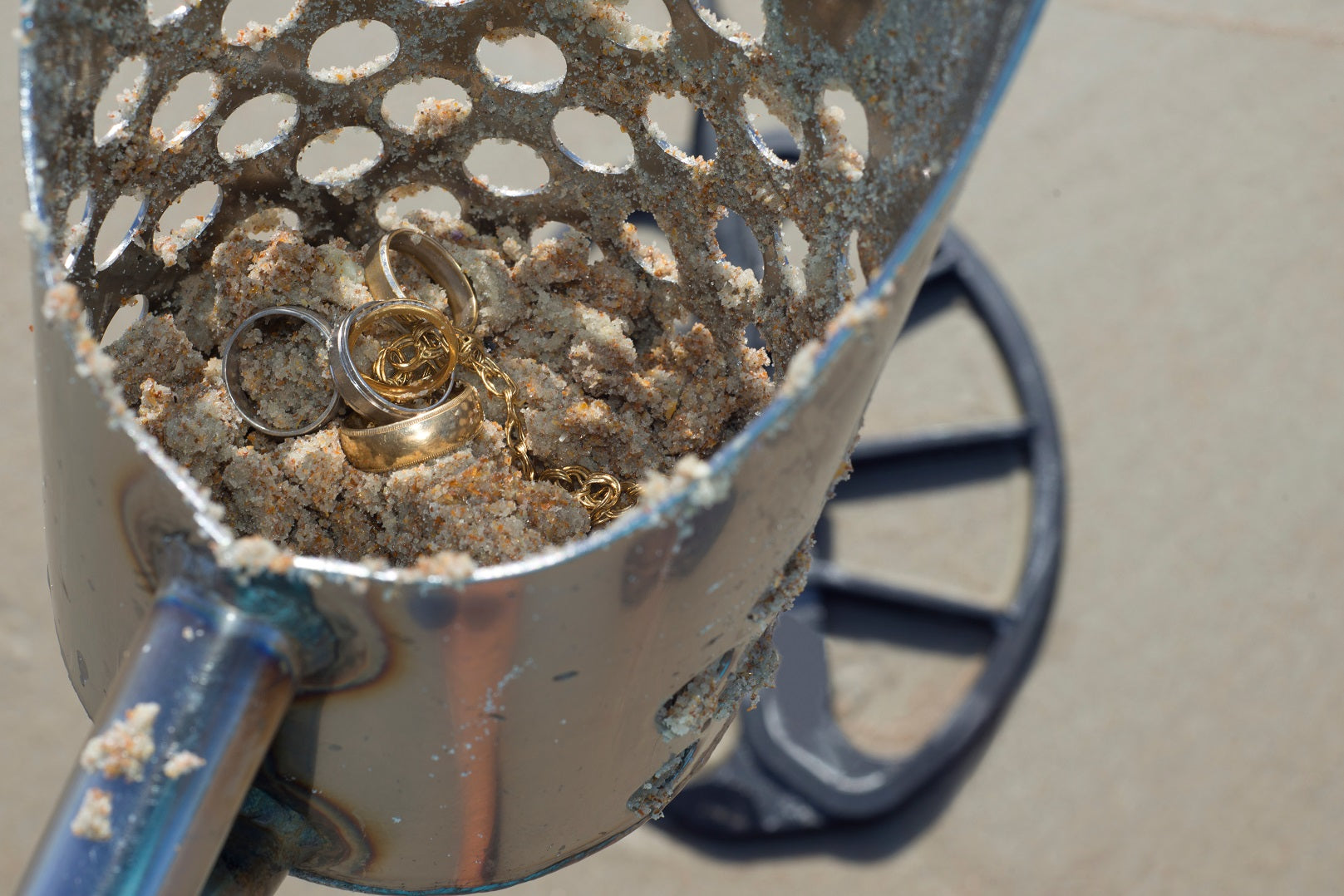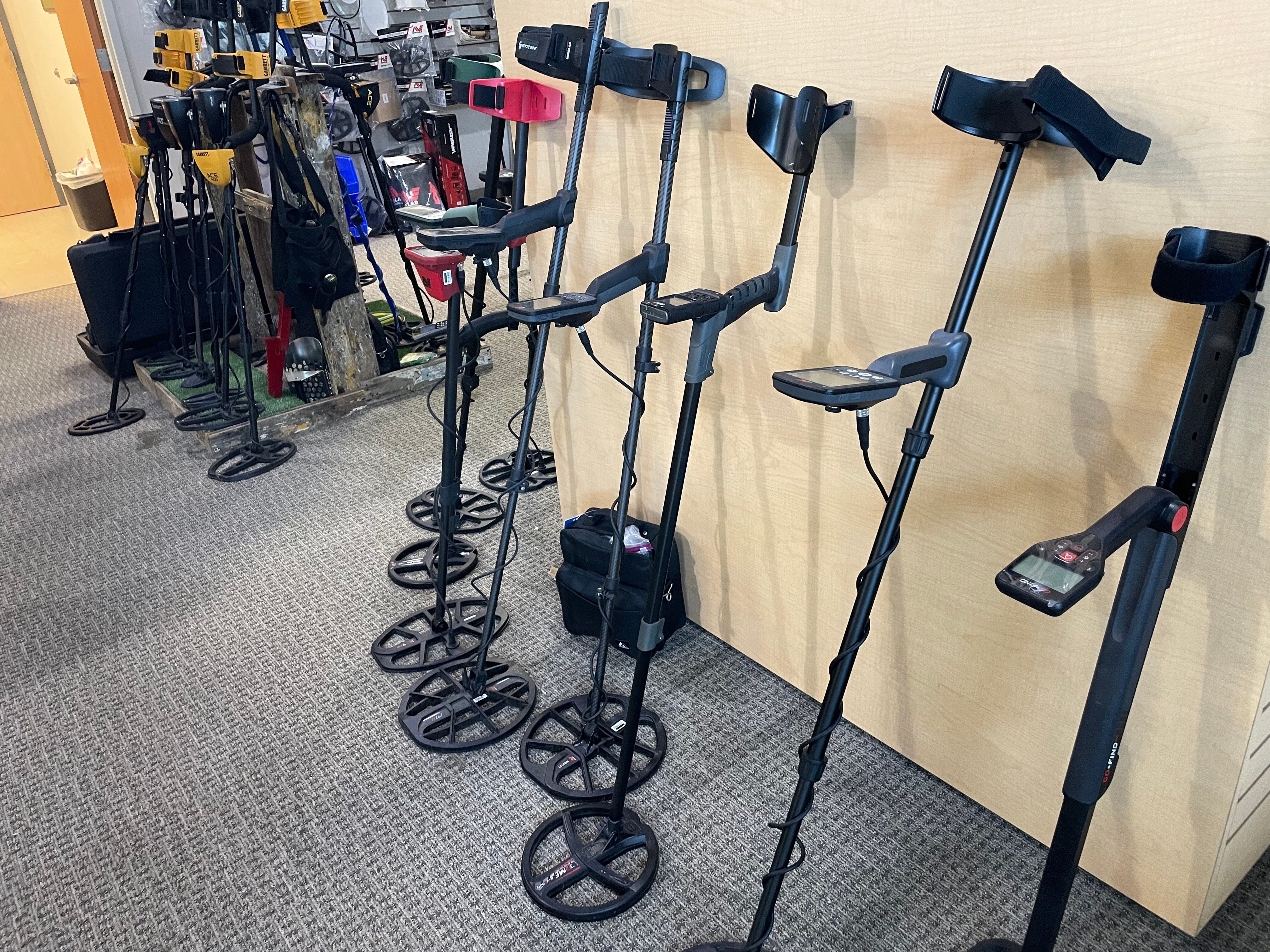Menu
What is a Love Token? An Overview
Have you ever dug up an old coin that appears to have had one side completely erased with a carved inscription on one side and perhaps a hole or two drilled in it? Chances are, you have found a love token. They are frequently dug up by metal detectorists all over the world. But, what is a love token?
Definition and Characteristics
Love tokens are coins that have been deliberately altered by smoothing them flat on one or both sides and then hand-engraving them. The engravings typically include initials of the giver, names, dates, or more intricate designs such as sayings or pictures. In some cases, these tokens were further embellished with stones, enamel, or additional metal designs. The primary purpose of a love token was to serve as a keepsake or memento, capturing a significant personal sentiment or event. They were crafted as unique, personalized items, reflecting the emotional value and intent of the giver.

Requirements for Love Tokens
To qualify as a love token, two main criteria must be met:
-
Legitimate Coin: The base of the love token must be a genuine coin. This means it must be an official currency, as opposed to a medal or a token not originally used for monetary transactions.
-
Hand Engraving: The design must be executed by hand. This differentiates love tokens from those that are mass-produced or machine-engraved.
The identification of love tokens can become complex if a coin is engraved on both sides or altered significantly. For instance, U.S. coins often have a reeded edge, which collectors use to verify authenticity. However, coins like the three-cent nickel, which lack edge markings, pose a challenge. Coins cut into different shapes (like diamonds or clovers) lose their edge diagnostics, making their acceptance into collections more subjective.
Challenges and Interpretations
There are debates over what constitutes a "coin of the realm" in the context of love tokens. While medals and tokens intended for general distribution are clearly not considered love tokens, personal engravings on items such as war medals could be ambiguous. For instance, a war medal engraved and presented to a bereaved family member might hold the same sentimental value as traditional love tokens, even though it does not fit the conventional definition.
Finding love tokens is a lot easier with the Minelab Equinox 700 metal detector!
Historical Context and Popularity
Originally, love tokens were popularized in the United Kingdom from the 15th century. Early forms included bent coins used as amulets or charms. By the 17th century, engraving on coins began to mark significant life events such as births, marriages, and deaths. This practice likely offered a more affordable alternative to expensive jewelry of the time.
The Victorian era, especially the late 19th century, saw a significant rise in the popularity of love tokens. During this period, smaller denominations like sixpences and three pence were commonly engraved with initials and names. Previously, larger coins like shillings and crowns had been used, often as brooches or fobs on watch chains. As fashion shifted towards smaller trinkets, love tokens also became smaller, fitting into bracelets and chains.
Denominations and Materials
Love tokens were made from various denominations and materials:
-
Silver Coins: The Liberty Seated dime was particularly popular due to its softer metal, which made it easier to engrave. Silver coins were also valued for their preciousness, making them more desirable as gifts.
-
Gold Coins: Though less common due to their high cost and small size, gold coins were used for more affluent tokens. A one-dollar gold coin, for example, was quite expensive compared to a dime, and a twenty-dollar gold coin was both rare and heavy.
-
Copper and Nickel Coins: Less expensive coins, like the Indian cent and Liberty nickel, were sometimes gold-plated to mimic more valuable gold coins. This allowed those with smaller budgets to give a more "luxurious" appearance while staying within financial means.

Sentimentality and Cultural Impact
Love tokens reflect the strong sentimental values of the Victorian age, demonstrating how people sought to express their emotions through tangible, personalized items. The tradition of creating and giving these tokens transcended romantic relationships, encompassing gifts between family members and friends as well. The enduring appeal of love tokens lies in their ability to encapsulate personal significance and emotion within a simple, yet meaningful, object.
In summary, love tokens are a fascinating example of how coins, through personal alteration and handcrafting, became vessels of sentiment and memory. Their evolution from early amulets to intricate, personalized keepsakes highlights the ways in which people have historically used everyday objects to convey deep personal feelings.
You Might Be Interested In

Coin & Relic Cleaning Supplies
Pair text with an image to focus on your chosen product, collection, or blog post. Add details on availability, style, or even provide a review.
- Choosing a selection results in a full page refresh.













